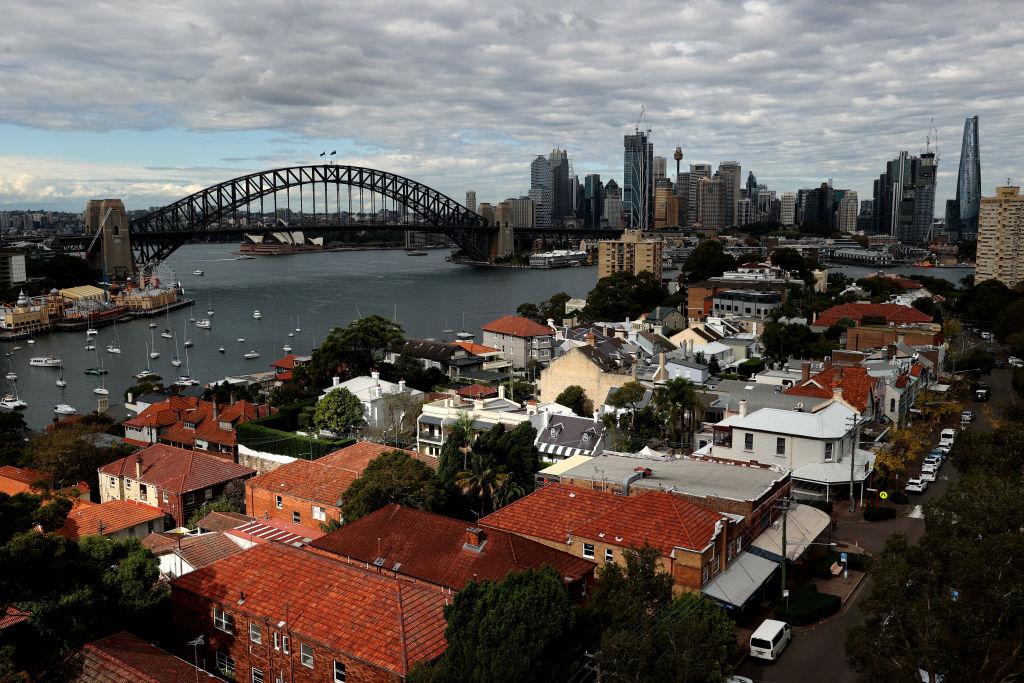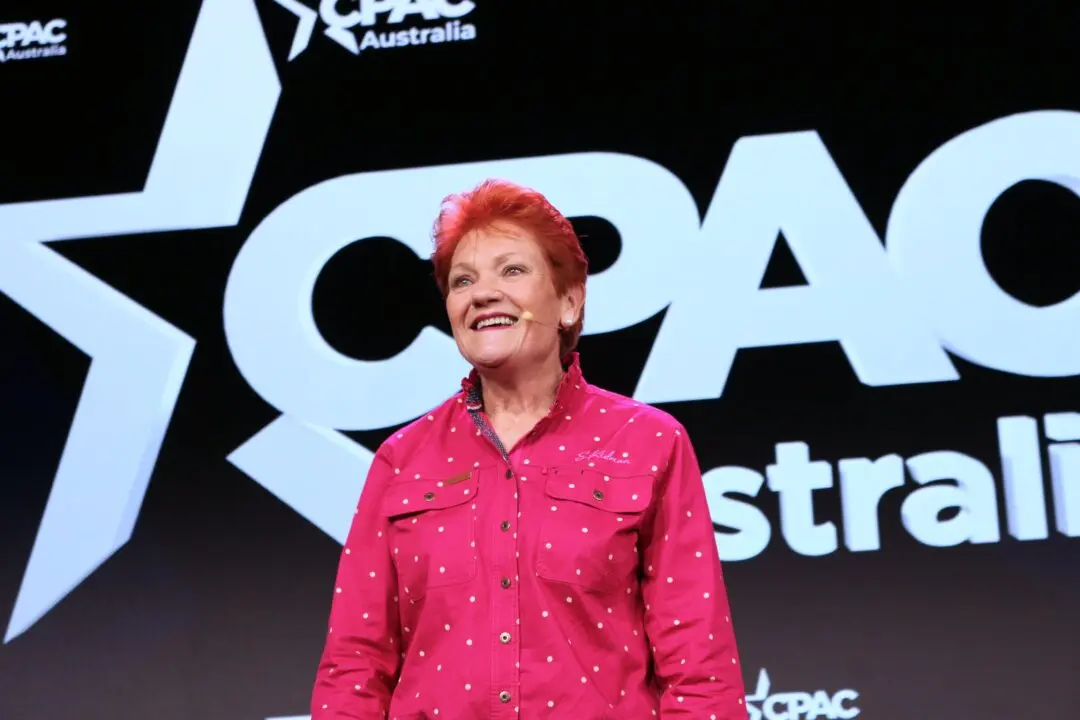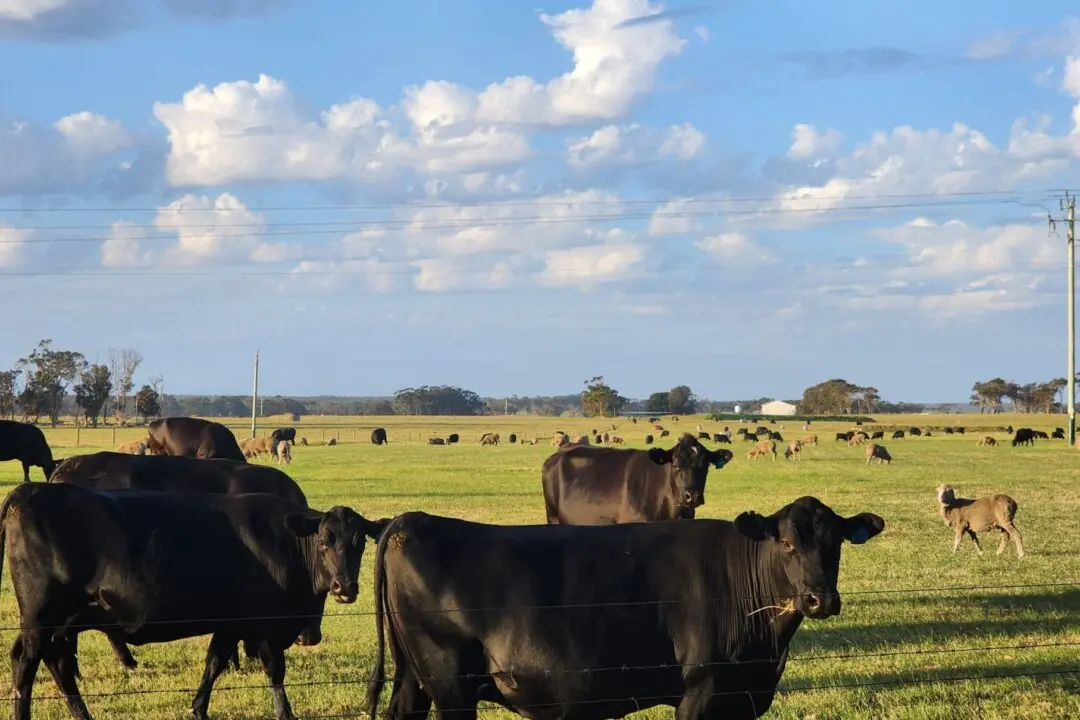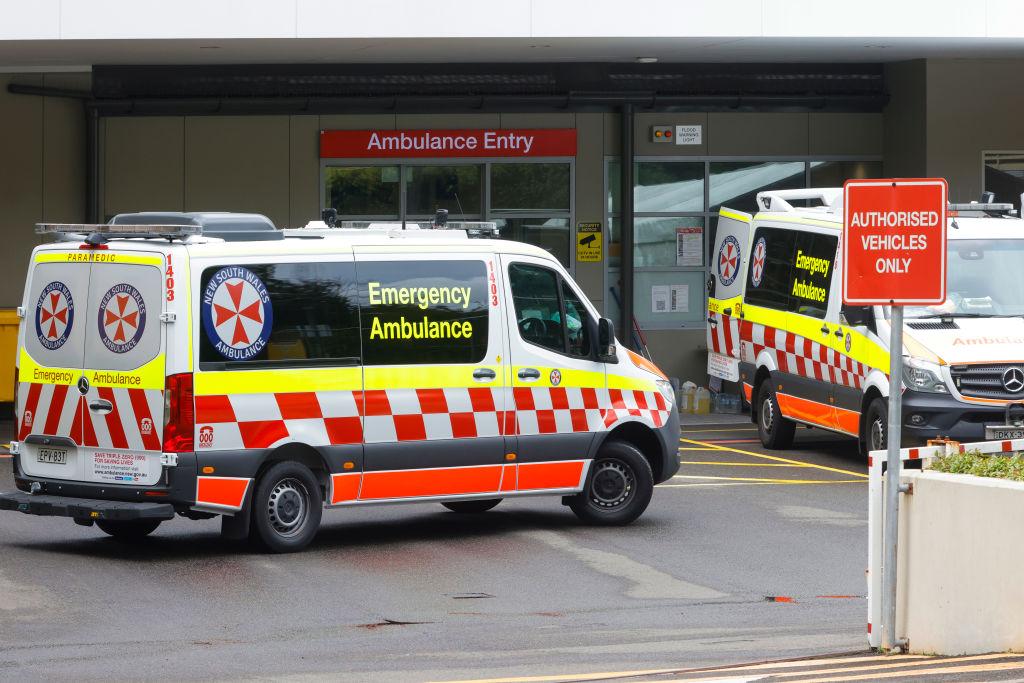Interest rate hikes and the rising cost of living are starting to bite Australians seeking their first home.
The Australian Bureau of Statistics reported on Friday the number of new owner-occupier first home buyer loan commitments fell 8.1 percent in January—its lowest level since February 2017.





